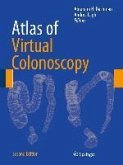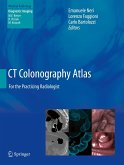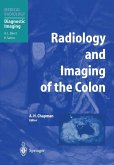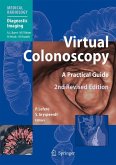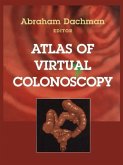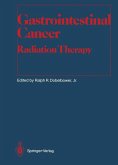*The inside story
*Background and significance
*Accuracy
*Performance and interpretation techniques
*Patient preparation
*Advanced 3D display methods
*MR colonography
*Future directions
*Radiation dose
Major concepts are reinforced by clear, true-to-life illustrations. Readers will find that the practical design and current content of this guide make it an essential introduction to CT colonography.
Dieser Download kann aus rechtlichen Gründen nur mit Rechnungsadresse in A, B, BG, CY, CZ, D, DK, EW, E, FIN, F, GR, HR, H, IRL, I, LT, L, LR, M, NL, PL, P, R, S, SLO, SK ausgeliefert werden.
RAD Magazine, July, 2005:
Perhaps one of the most attractive features of this book is its manageablesize and quality of the images. Each of the nine chapters is succinct and, indeed, it is possible to read the whole volume in an afternoon. The book serves as an introduction to virtual colonoscopy (VC) and would be of use to those with little direct experience of the technique. The editor, Dr Abraham Dachman, has assembled an impressive collection of contributors, each at the cutting edge of current VC research.
Overall, the volume is well-written, easy to read and provides a useful summary for those with little prior knowledge.
"'Fundamentals of Virtual Colonoscopy' coordinated by A. Dachman and written by a panel of international experts represents a practical guide for radiologists, gastroenterologists, radiology residents and technologists. ... The sections are completed with clear and numerous illustrations, which facilitate comprehension of CT colonography. ... an excellent practical guide for initiation of CT colonography." (P. Hecketsweiler, Surgical and Radiologic Anatomy, Vol. 27 (6), 2005)



